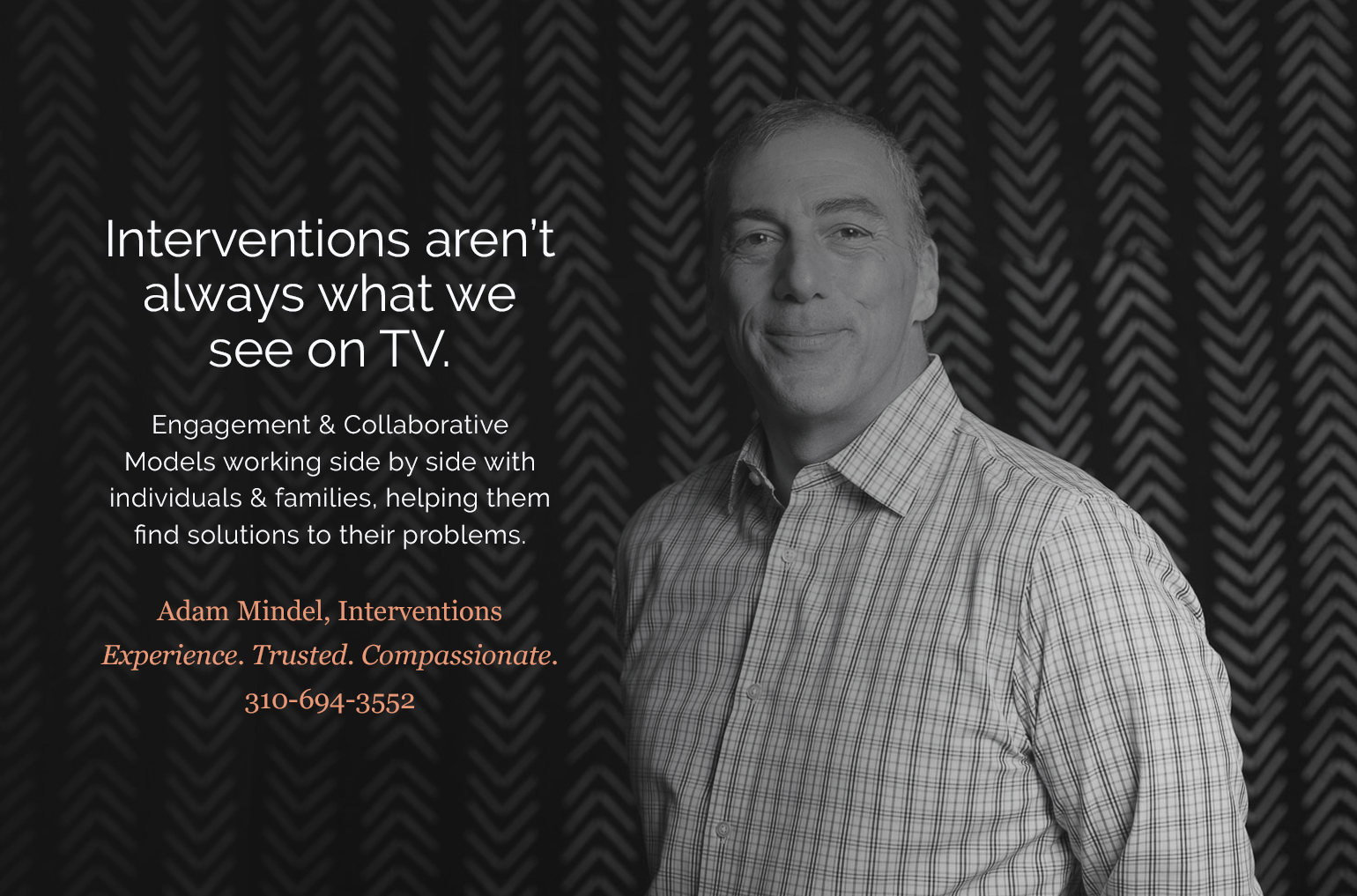Therapy and the Subconscious
What to expect in this episode:
- Therapy is built on a particular premise: I don’t understand myself
- A lot of times, people don’t know how to do therapy, I think there are certain modalities of therapy where of instructing the client is helpful
- Approaching what’s happening in the background (unconsciously), a little more actively than people often do, you see much more profound effects.
Therapy can be aided by identifying unconscious thoughts
Therapy is built on a particular premise which is:
“I don’t understand myself”
And there are forces and drives inside of me that manifest in my feelings, my emotions, my behaviors, the thoughts and images inside of my mind that I’m not aware of.
That there is a hidden realm to the consciousness and Freud and Jung and the founders of analysis came along and that was a discovery.
Now everybody gets that and knows that, it’s seeped into modern culture and nomenclature. I think often people don’t give, this is a tricky thing to say – it’s actually not accurate, but worth thinking about
A lot of times, people don’t know how to do therapy right. Now sometimes that’s good, because the therapist wants to work with whatever is in the room, they don’t want to instruct the client.
But I think there are certain modalities of therapy where of instructing the client on the most helpful way to approach the therapeutic process is actually helpful. But I had to discover that on my own.
I never had a therapist say, “Hey it might be more helpful if you do this” – ever! Which is kind of incredible considering the variety of therapeutic approaches that exist
I’ve found that in therapy, for me at this phase of my life, that being conscious of the things that aren’t in the front of my mind but in the back of my mind and speaking them out loud is helpful.
I’ll give an example.
I’m sitting in the room with the therapist picks up on some hesitation or some resistance that I have and then says “what’s going on” and I say “I’m feeling frustrated right now”
- “okay what’s that about”
and I say “I’m feeling helpless in this process of therapy.”
And she goes “oh. Are you concerned that I can’t help you? Is that what’s coming up in the room right now?”
I say something but actually, in the back of my mind, I have an image of myself picking up the chair this to the right of us and breaking it in front of her and just raging 🔥
So instead of just saying what I say, in the midst of therapy, I’ll say – “wait a minute, I just had an image flash in my mind of me breaking a chair right in front of you and raging” – and then we work with that
If one of the points of certain types of therapy is to gain access to the parts of ourselves that we’re not really conscious of then I think approaching what’s happening in the background, maybe a little more actively than people often do, you see much more profound effects. In terms of your own understanding, biases, belief systems that are buried real deep in the bottom of the mind.
There are plenty of therapists that will disagree with that and they are 100% correct and I’m just putting that out there for the one person who goes, “oh wow you know I have those images in my mind that I don’t share that with my therapist and I’ve had them for months or years”
Schedule a 30-min consultation with Yeshaia
Schedule Free ConsultationSchedule Free Consultation
Find out if we can help you raise the bottom
[/vc_column_text][/vc_column][/vc_row]

